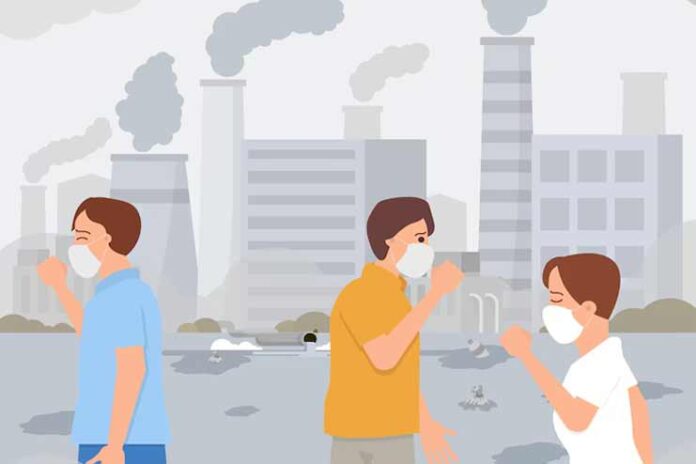Affiliate Disclaimer
Some links in this article are affiliate links. We may earn a small commission if you make a purchase through these links, at no extra cost to you. We only recommend products we find useful to our readersAir pollution is a big problem that affects the health of people, especially children. The air becomes increasingly dirty with each passing day as cities grow and industries expand, causing harm to children’s health. Particulate matter, nitrogen dioxide, and ozone are some of the pollutants that contribute to respiratory and heart problems in children. In this article, we explain how air pollution is bad for children, share new research on its effect, and offer practical ways to protect the health of your child. Once you understand the risks and take the right precautions, you can help your child grow up in a healthier environment.
Understanding Air Pollution
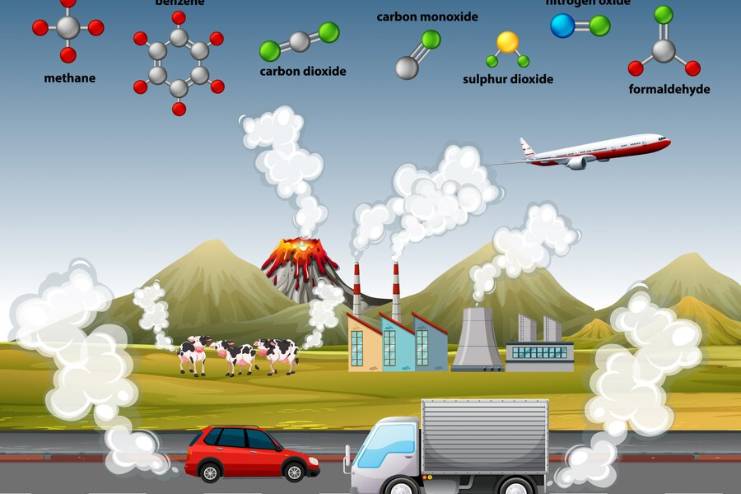
What is air pollution? Air pollution is harmful substances in the air that come from both natural and human-made sources. Here are some key air pollution facts:
- Vehicle Emissions: Cars and trucks release pollutants like carbon monoxide and nitrogen oxides, which contribute to poor air quality and respiratory issues.
- Industrial Activities: Factories and power plants emit pollutants like sulfur dioxide and volatile organic compounds (VOCs) from burning fossil fuels and other processes.
- Natural Sources: Volcanic eruptions, forest fires, and dust storms also add pollutants to the air.
- Particulate Matter (PM): Tiny particles like dust and soot can harm health, especially PM2.5 and PM10, which can get deep into the lungs and blood.
- Nitrogen Dioxide (NO2): A gas from burning fossil fuels that can reduce lung function and worsen respiratory conditions.
- Sulfur Dioxide (SO2): Produced by burning coal and oil, SO2 can cause respiratory problems and acid rain.
- Carbon Monoxide (CO): A toxic gas from incomplete burning of fuels that can prevent the body from getting enough oxygen.
- Volatile Organic Compounds (VOCs): Chemicals that evaporate easily and contribute to smog and ground-level ozone.
How Air Pollution Affects Life Expectancy
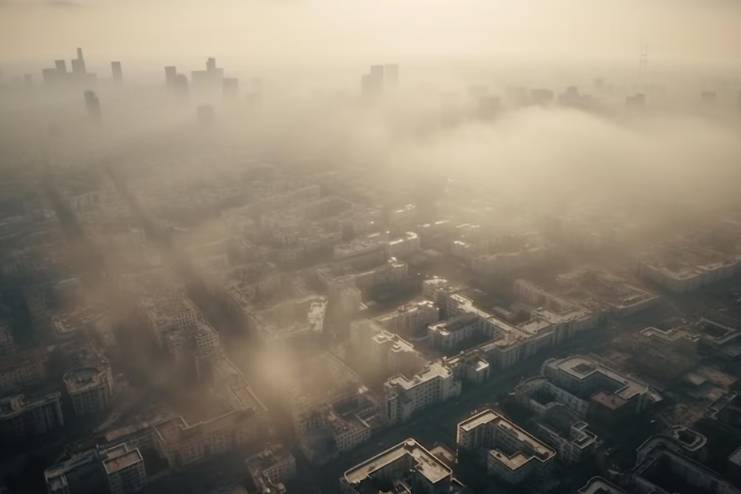
Recent research has proven that the most evident effect of air pollution is a reduction in life expectancy, especially in children. Prolonged exposure to such pollutants-especially PM2.5, causes serious heart and lung conditions. Recent studies, one among them by Jos Lelieveld, have shown that life expectancy decreases by about 2.9 years globally due to air pollution.
Children have a greater risk because of their developing body systems from the pollutants they encounter. They breathe rapidly and are closer to the ground where the greatest concentration of many pollutants reaches. Some pollutants can cause birth defects in babies.
It also exposes the human population to other long-term health effects such as asthma, respiratory infections, and reduced lung function, which could mean a reduction in life expectancy. Such effects are accentuated in highly polluted regions of the continent such as Africa and South Asia.
We need to take appropriate actions to reduce air pollution to improve global health and protect children.
Common Health Risks for Children
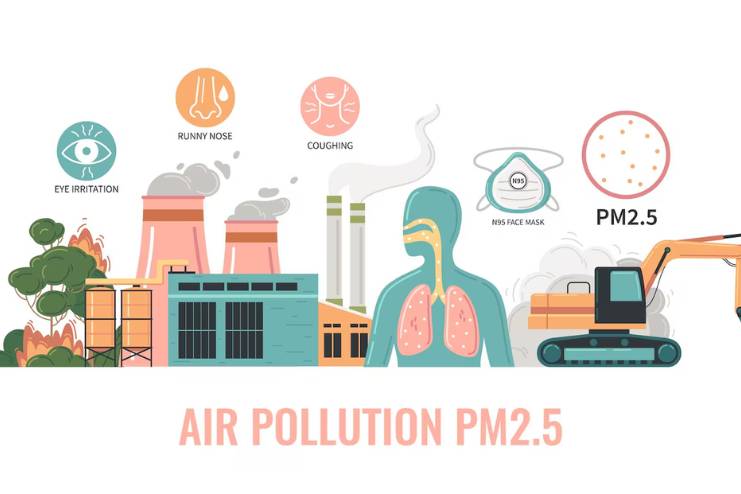
Air pollution causes major damage to our children’s lungs, hearts, and brains. Since their bodies and brains are still developing, and they breathe more air in proportion to body size.
Air Pollution Health Risks
1. Respiratory Issues
Air pollution aggravates respiratory diseases such as asthma. Particulates less than PM2.5 in diameter, and ground-level ozone have been shown to trigger asthma attacks and permanently damage breathing passages. Children that live near highways with high traffic volumes are at greater risk, especially in low-income urban areas.
2. Cardiovascular Problems
It even affects children’s heart health. Tiny particles from polluted air move directly to the blood, where they cause inflammation and destruction. This can enhance the future risks of high blood pressure and heart problems.
3. Cognitive Impacts
Air pollution harms developing brains. Exposure to pollutants like PM2.5 during pregnancy and early childhood is associated with lower IQ, attention problems, and behavioral problems, such as ADHD.
In short, it affects children’s health in many ways, and pollution needs to be reduced to ensure their future health.
How to Protect Your Children from Air Pollution
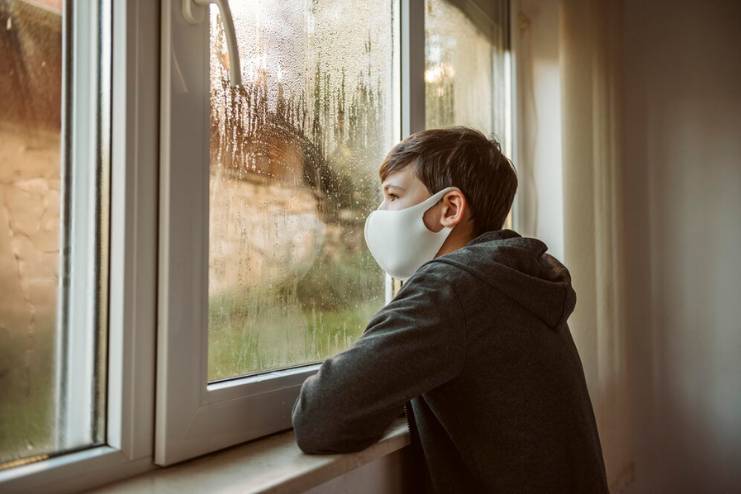
Simple tips to protect children from air pollution and reduce exposure to pollutants indoors and outdoors:
Indoor Air Purification
- Use Air Purifiers: Get a good air purifier with a HEPA filter to clean the air inside your home. Models like Dyson Pure Cool and Honeywell HPA300 are good options.
- Keep Windows Closed: On days with poor air quality, keep windows and doors shut to keep outdoor pollution out.
- Clean and Ventilate: Regularly clean your home and use exhaust fans to reduce dust and other indoor pollutants.
Safe Outdoor Activities
- Play in Low-Pollution Areas: Choose parks or areas away from busy roads for outdoor play to avoid high pollution levels.
- Timing Matters: Plan outdoor activities early in the morning or late in the evening when pollution is lower.
Greener Transportation
- Use Public Transport or Carpool: Reduce car use by carpooling or taking public transport to cut down on pollution.
- Avoid Idling: Turn off the engine when waiting in the car to reduce unnecessary pollution.
Reduce Indoor Pollution Sources
- Avoid Chemical Cleaners: Use natural or non-toxic cleaning products to avoid harmful fumes.
- No Smoking Indoors: If you smoke, do it outside to protect children from secondhand smoke.
- Ventilate Gas Appliances: Ensure good ventilation when using gas stoves or heaters to prevent harmful pollutants.
By following these steps, you can help keep your children safe from air pollution and ensure a healthier environment for them to grow up in.
The Role of Diet in Mitigating Air Pollution Effects
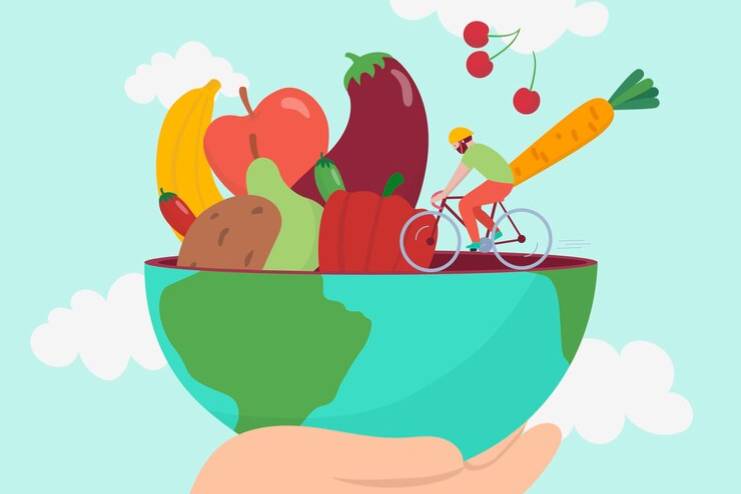
Proper nutrition reduces the adverse impacts of air pollution. Here’s how a healthy diet can support lung health:
Impact of Air Pollution on Health
Sources of air pollution include vehicle emissions and industrial activities. Air pollution could lead to asthma, bronchitis, and even lung cancer.
Diet for Air Pollution
Eating a diet full of antioxidants and nutrients will help one’s body fight the damage caused by pollution.
Key Nutrients and Foods That Help:
- Vitamin C: Protects lungs from damage. Eat oranges, guava, kiwi, strawberries, and bell peppers.
- Vitamin E: Shields lungs from harm. Include almonds, sunflower seeds, spinach, and avocado.
- Beta-Carotene: Converts to Vitamin A, reducing inflammation. Find it in carrots, sweet potatoes, spinach, and kale.
- Omega-3 Fatty Acids: Found in flaxseeds, walnuts, and salmon, these fats reduce inflammation.
- Polyphenols: These antioxidants are in green tea, berries, and red cabbage and help protect against respiratory issues.
Including the following foods in your diet will go a long way to protect your lungs from the damage caused by air pollution.
Conclusion
A combination of awareness and proactive measures is essential to protect your child’s health and improve their life expectancy in the face of air pollution. Improve indoor air quality using air purifiers, keep windows closed on days when pollution levels are high, and maintain a clean home environment.
Encourage your child to play outdoors during times of low air pollution, such as early morning or late evening. Support greener options for transportation, such as public transport or carpooling, further reducing pollution and setting an excellent example for your child.
Incorporate a diet rich in antioxidants to bolster your child’s ability to combat the effects of air pollution. Foods such as fruits, vegetables, and nuts provide essential nutrients that help protect their bodies from pollution-related damage.
By staying informed and implementing these strategies, you contribute to a healthier environment for your child and promote their long-term health and development. Taking these proactive steps is vital for ensuring that your child grows up in a healthier world and enjoys a better quality of life.
References
- https://en.wikipedia.org/wiki/Air_pollution
- https://pubmed.ncbi.nlm.nih.gov/32123898
- https://www.niehs.nih.gov/health/topics/agents/air-pollution
- https://redcliffelabs.com/myhealth/food-and-nutrition/food-for-lungs/anti-pollution-diet-list-of-important-food-items-that-prevent-your-lungs-from-pollution
In this Article















